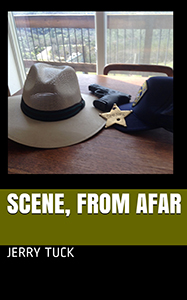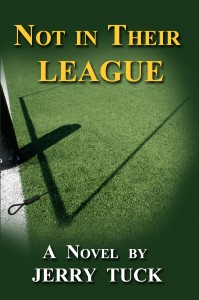I Pledge Allegiance to…
If you don’t count Sunday School, I attended my first classroom in Ringold, Oklahoma somewhere around 1951. It was a two room affair; my Primary class (the equivalent of Kindergarten, I guess) and all classes below High School met in the large room while all the Big Kids (about seven of them) met in the smaller second classroom. It was rural and, yes, a couple of miles walk to school but not uphill both ways, as the old joke goes. It snowed a little but I had my big brothers to carry me or drag me to school on a sled. I remember being proud to cover my heart and stumble through the Pledge of Allegiance with my more pledge-experienced classmates. At one time I was the only one in Primary so after the Pledge I got to go back to sleep on the indoor merry-go-round. I remember it all fuzzily but fondly.
I improved my Pledge as time went by. We moved to California and wandered around its Great Valley looking for work, mostly picking crops, but the Pledge was a comfort, sort of like a friend that I could carry with me. Understanding what the Pledge really meant came a bit later and I wanted to make my first humble offering of 2014 be a very basic study of these formative words. Hopefully it can be a springboard for an ongoing discussion about how we learn as people and as a nation.
Sometimes clarity’s best buddy is discomfort. Francis Bellamy, a Christian, wrote the Pledge of Allegiance back in 1892. It was to honor the 400th anniversary of a voyage made by a guy named Chris Columbus. Way back in my Oklahoma classroom we didn’t say “Under God.” That phrase was added at the behest of the Knights of Columbus in 1954. In 1923 the American Legion and the Daughters of the Revolution had lobbied to have “my flag” changed to “I pledge allegiance to the flag of the U.S.A…” The original pledging was done with the right arm extended at shoulder height, palm down. It took ten years of “Heil Hitler” salutes before that posture became a bit uncomfortable for non-Nazis. Our Pledge salute was rightfully changed so that the right hand is placed over the heart.
Okay, the above is all probably only news to me. What I read in Portside, one my online magazine subscriptions, expands on this news. Bellamy penned the pledge in an attempt to instill “a moral vision to counter the individualism embodied in capitalism and expressed in the climate of the Gilded Age.” According to Peter Dreier (Portside’s 12/25/2013 article) “Bellamy, who lived from 1855 to 1931, was a Baptist minister and a leading Christian Socialist. He was ousted from his Boston church for sermons depicting Jesus as a Socialist and for his work among the poor in the slums of Boston.” He wrote the Pledge to express his outrage at the nation’s widening economic divide.
It behooves us all to delve into the things that drive our society. History is important and too often pundits pick through its dusty pages to find facts to support their political opinion. Even the most innocuous entertainment can be judged un-American. J. Edgar Hoover proclaimed that “It’s a Wonderful Life” was communist propaganda because it made the bad guy, Mr. Potter, into an evil banker which was anti-capitalist. Lately, the hard right has called Pope Francis a “Marxist” for condemning the rightist philosophy of trickle-down economics and standing up for the rights of the have-nots.
Documents such as the Pledge and our Constitution, not to mention various religious tomes, are powerful. They also change and mutate with the times. Our driving canon has been amended many times and as a people we should be proud of that, not pushing citizens back to an original written over two hundred years ago. How much has changed since my first pledge in Ringold? Quite a bit.
Grover Norquist constructed his own pledge, you’ll remember. Regardless of the conditions, his Tea Party candidates had to “pledge” to never raise taxes and to lower the taxes of the rich. Never is a long time. One wrong vote and the vast fortunes of people like the oil industry’s Koch Brothers (half a billion and counting invested to oust Obama) would swing around like the three six-inch guns on the U.S.S. Springfield, where I did my Navy time, and unleash a salvo that would blow the traitorous politico back into the local backwater political pond that spawned him or her.
Does this mean I dislike the Pledge? Nope. Does this mean I am a Socialist? Maybe. Does this mean that I should, along with all U.S. citizens and wannabe citizens, study our history and dig deeper that the inspiring words written in a different time for a different purpose. You bet it does.
Jerry Tuck is a retired San Andreas resident and an indie author. Contact him at olwhofan@aol.com or use the Contact Form.
Jerry Tuck



